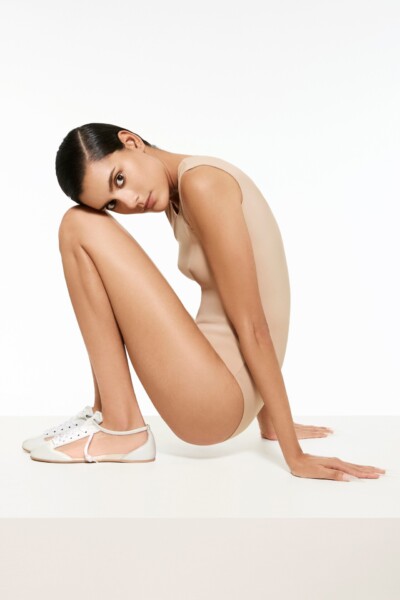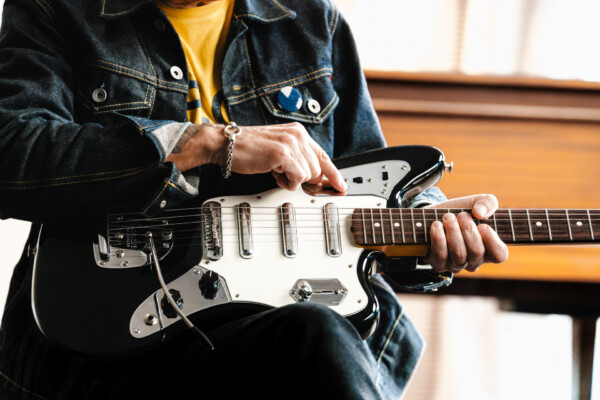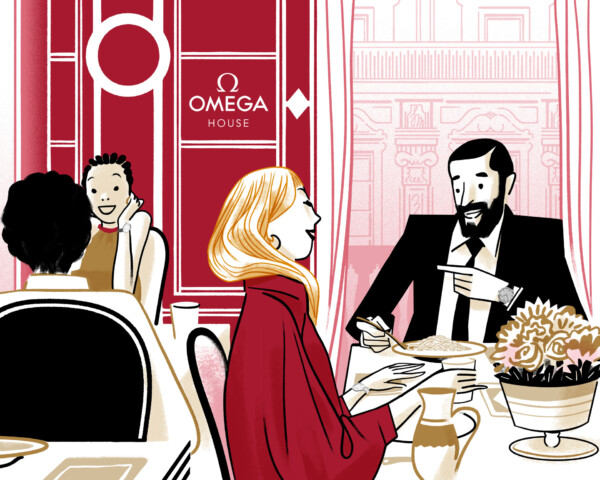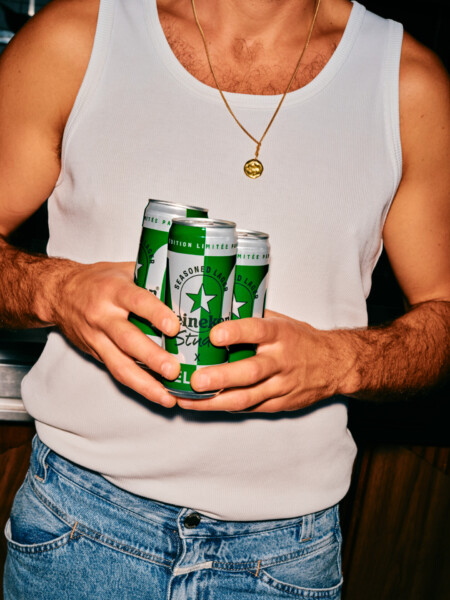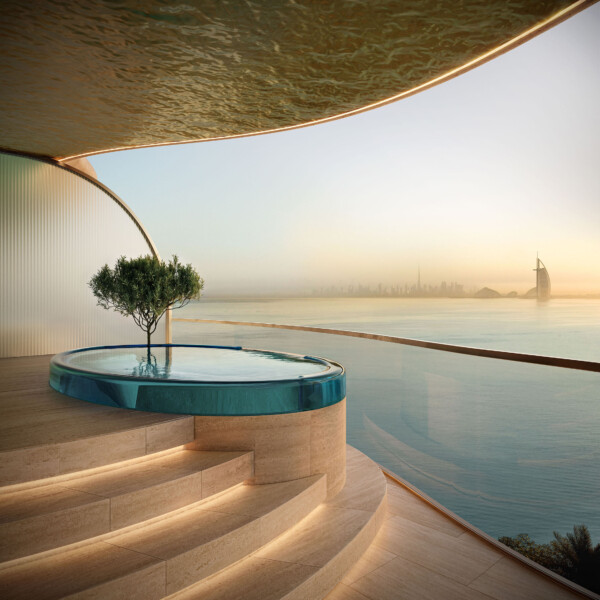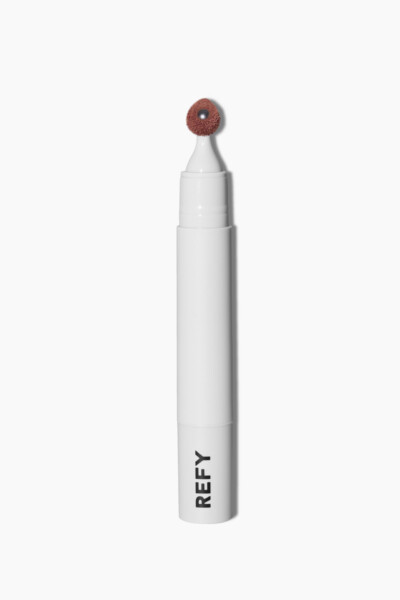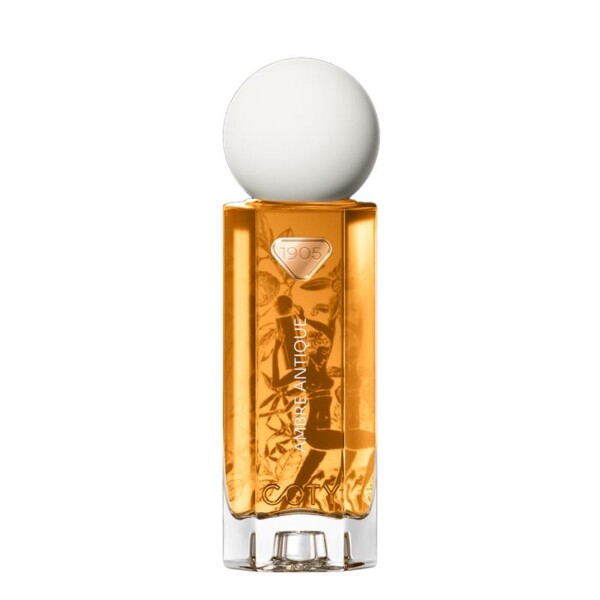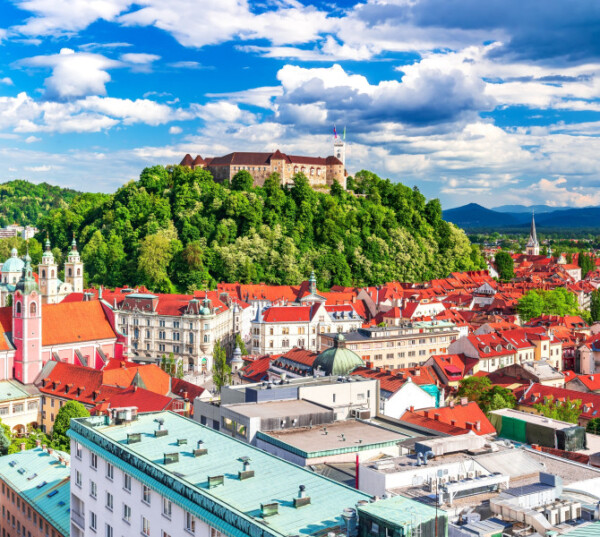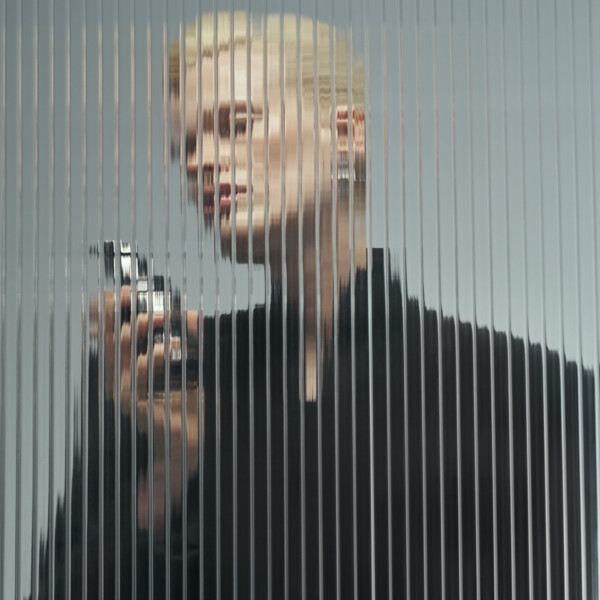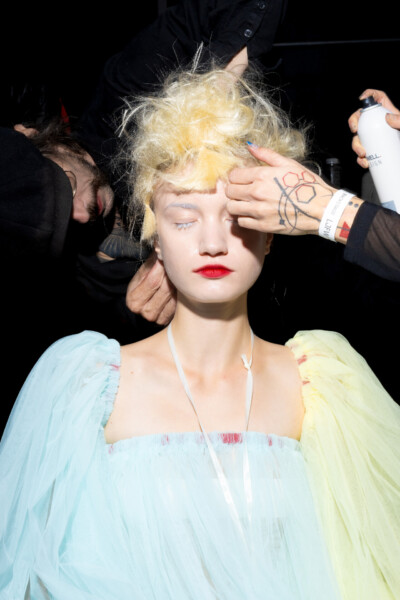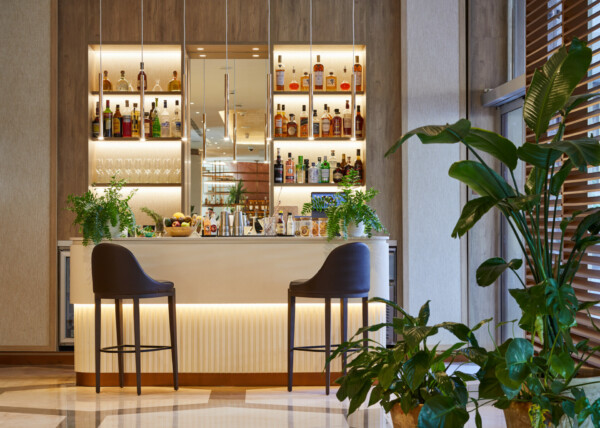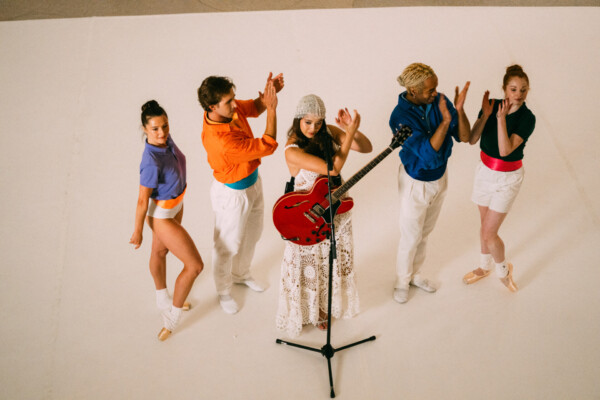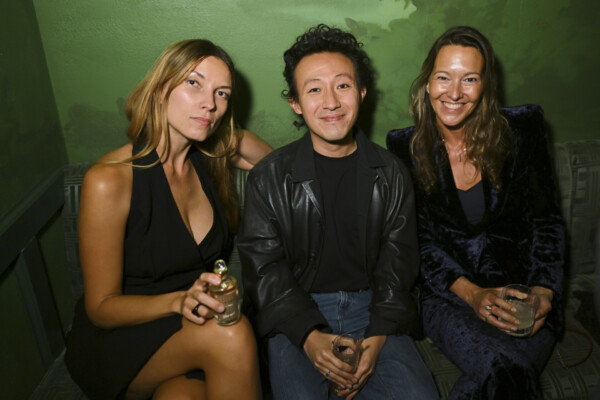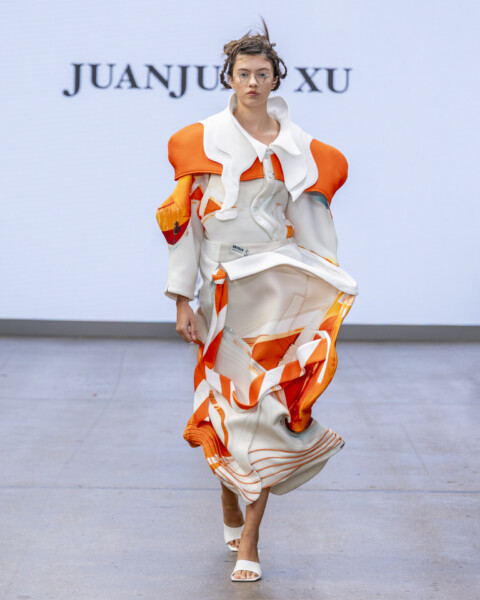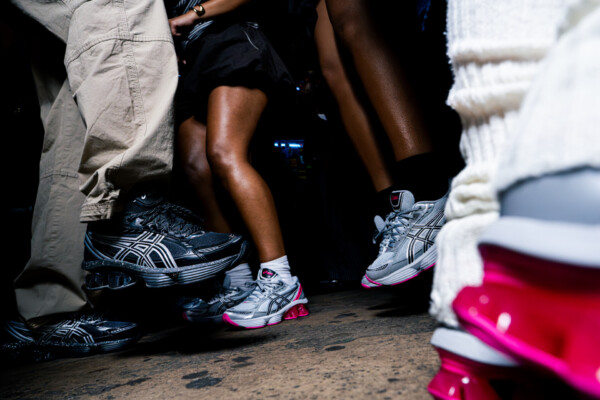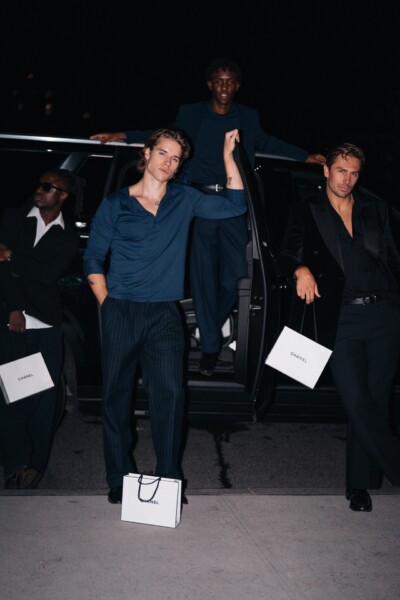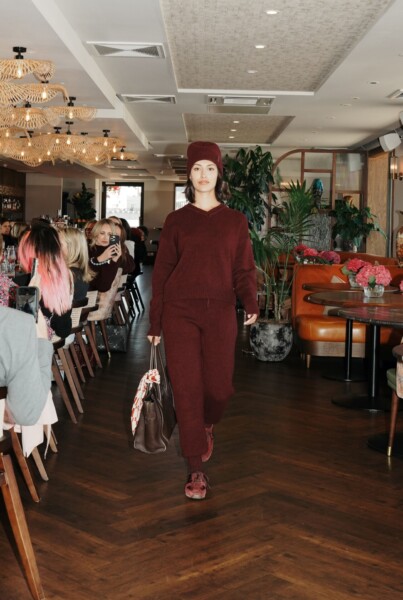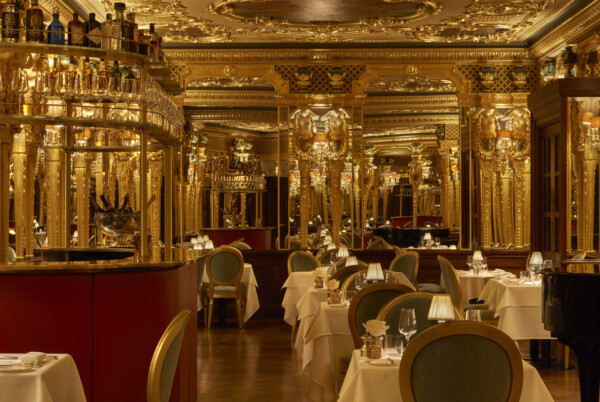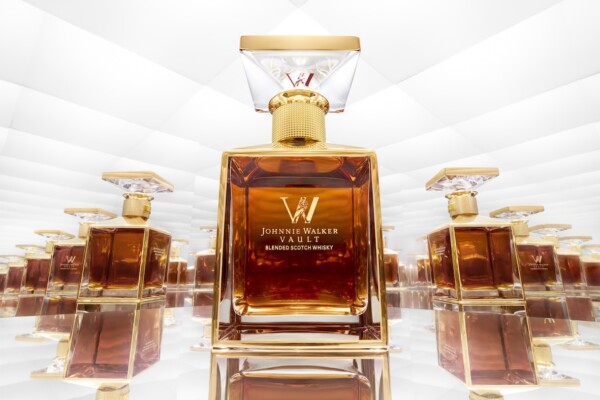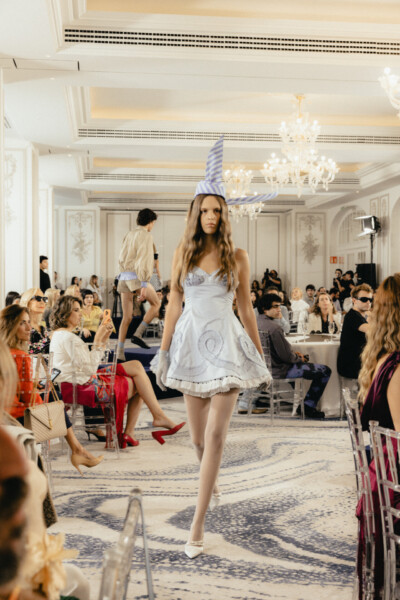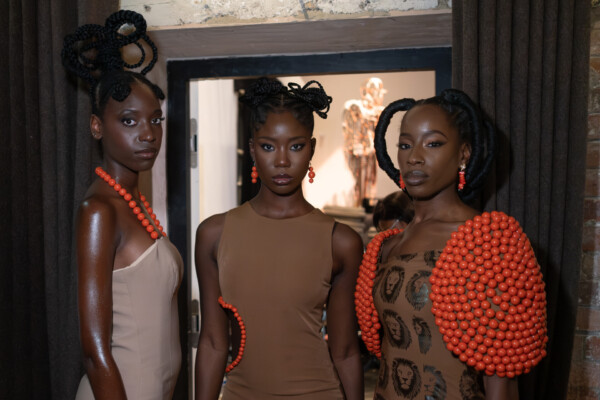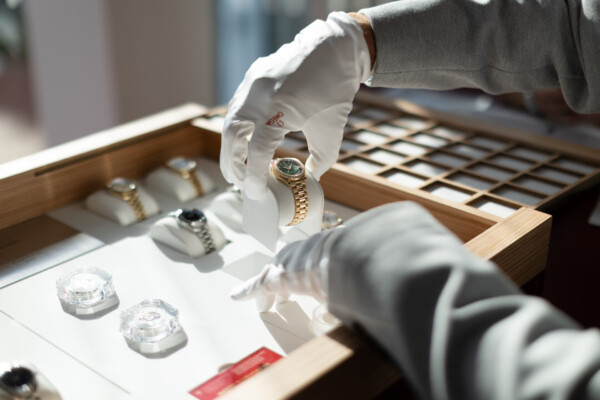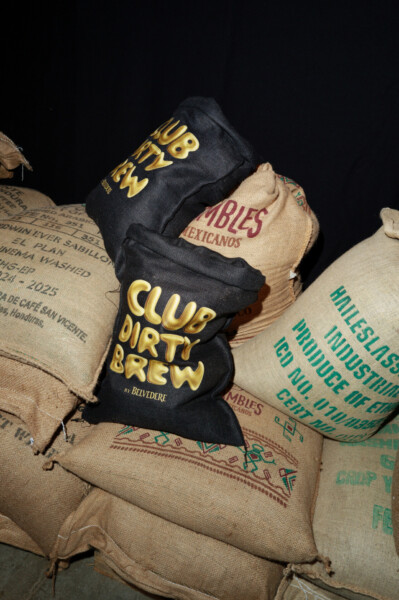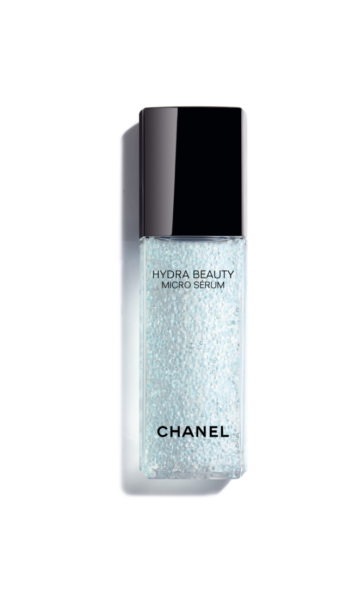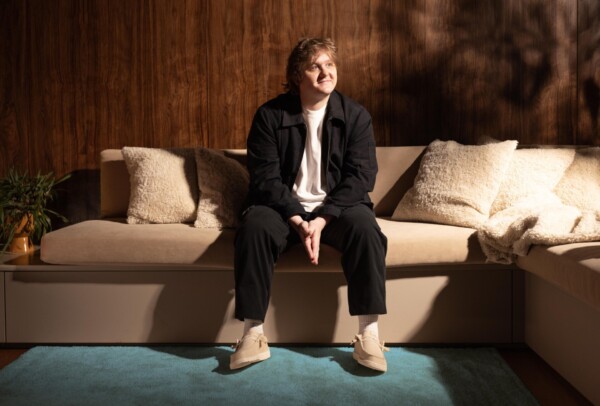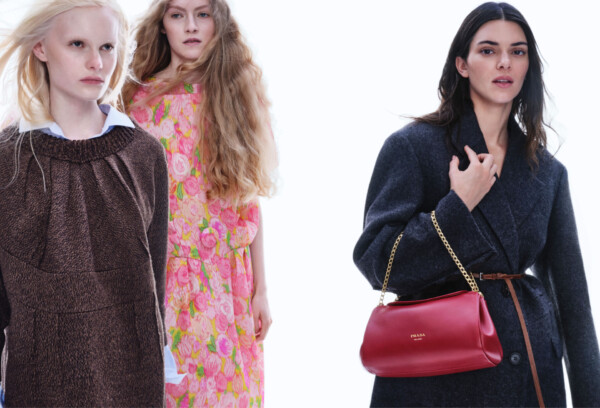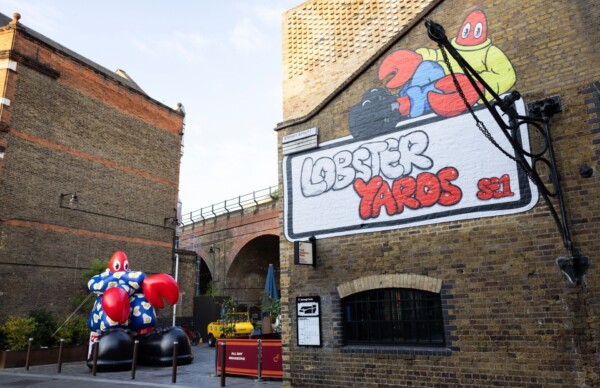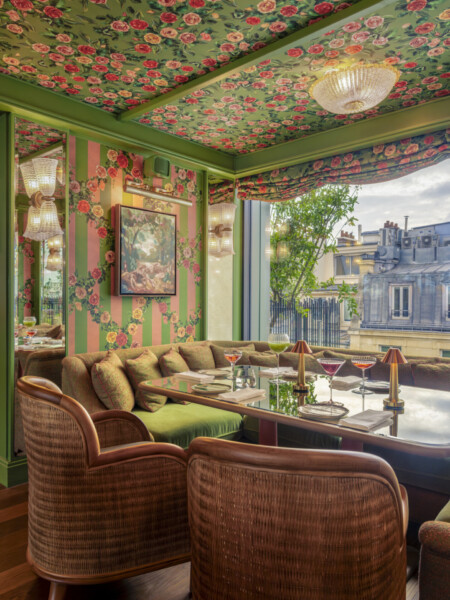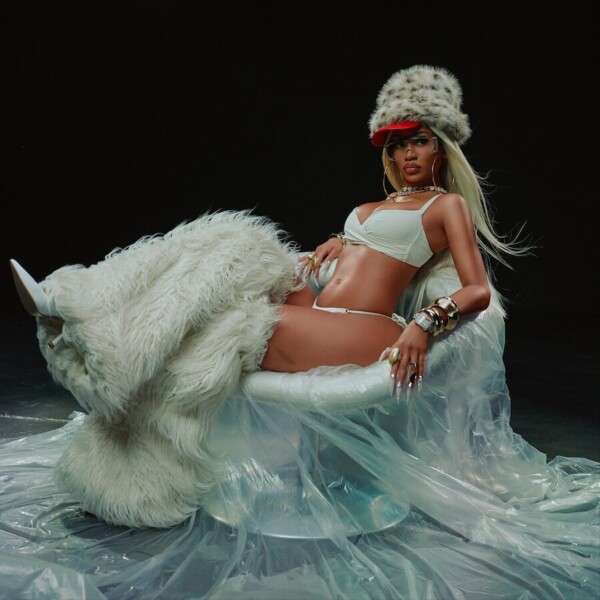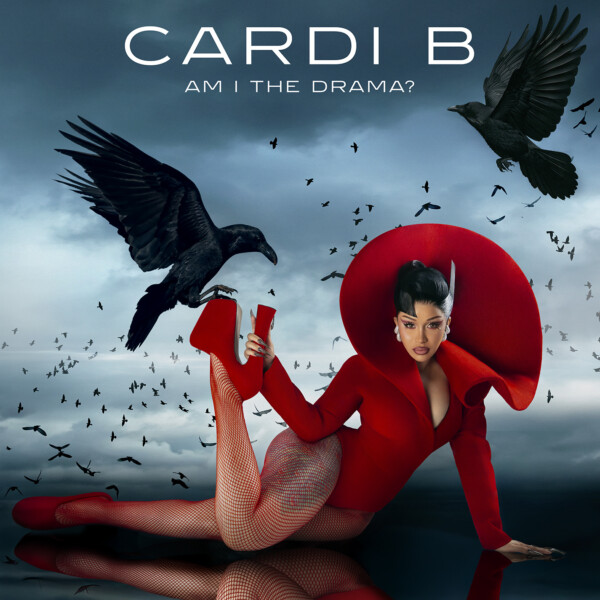By Phillza Mirza, AW25
Tifaret SS26 ‘PAI TOU’: Between Silk & Smoke
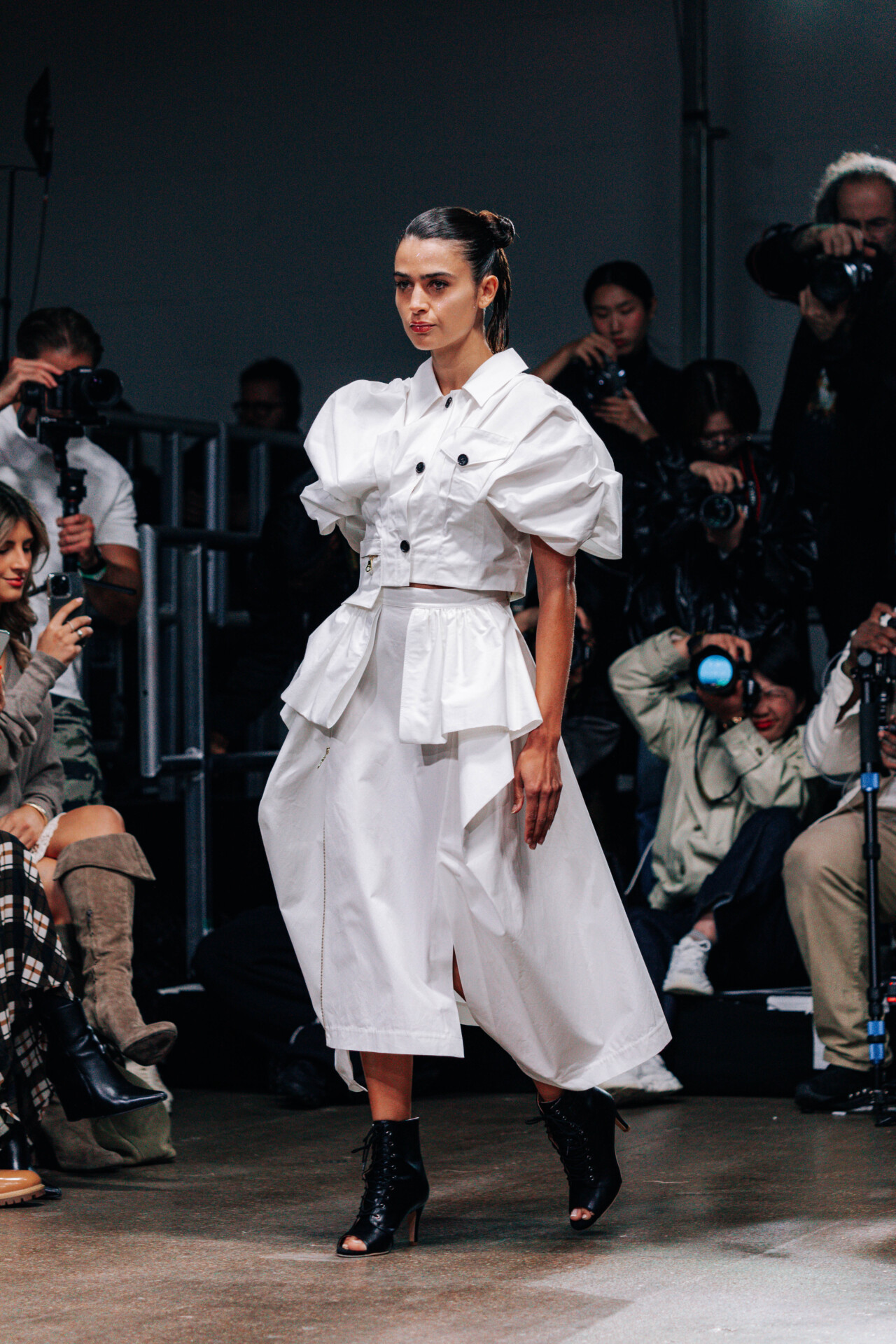
When Chiyue Dai sent her models down the runway at London Fashion Week with the scent of salt air and echoes of a Shanghai dockyard lingering in the imagination, it felt less like a debut and more like a homecoming. Pai Tou, her SS26 collection, traces the memory of her mother, one of the first women in 1990s Shanghai’s international trade, and transforms it into fabric, form, and fantasy.
The silhouettes told stories of ports as dusk: cargo trousers cut with the precision of Chinese flat-pattern techniques; Victorian curves collapsing into languid pyjama-like sets; prints that shifted between tropical florals and industrial grit. There was a poetry in the tension, sailors’ tailoring worn like armour, sex workers’ sleepwear recast as elegance, opium-den decadence frayed into something fiercely modern – all whilst the ethereal tones of Moments In Bed by Art of Noise echoed through the bare, almost industrial walls of Protein Studios in Shoreditch.
Dai’s ability to navigate heritage without slipping into nostalgia is what gave Pai Tou its sharpness. She does not reconstruct Shanghai’s 1930s golden age for the sake of glamour; she shows us both the silk and the smoke, the wharfside shadows where piracy met commerce. London, too, because it is part of this world. A reminder that docklands define not only Shanghai’s identity, but this city’s as well.
The result: clothing that hangs somewhere between grit and grace, body and absence, fantasy and history.
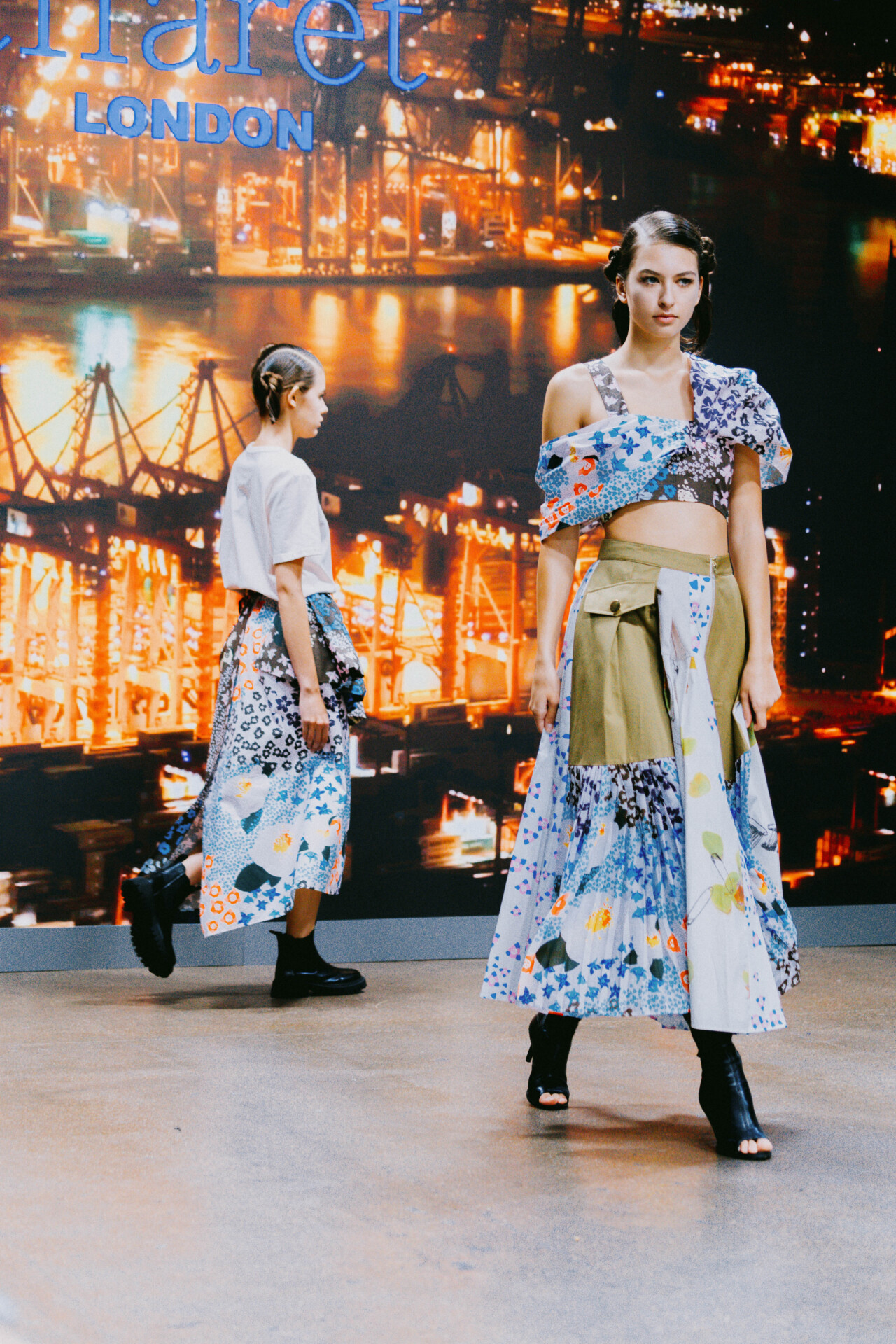
Phillza Mirza: Congratulations on the show!. How did it feel to debut PAI TOU as part of London Fashion Week?
Chiyue Dai: I was definitely very excited. This collection carries my personal story, rooted in the background of both Shanghai and London, and my mother’s work in international logistics. I grew up around the docklands, I know their energy very well.
PM: What does showing in London, a port city like Shanghai, mean for this particular collection?
CD: Shanghai has always been a bridge between East and West. Goods from Western countries came into Shanghai and from there went on to Southeast Asia, Japan, and Korea. It’s such an important port in East Asia. But there is also a dual story, the glory and pride, and also the dodgy, darker side. I wanted both of those realities present in the collection.
PM: What emotions or narratives did you hope the audience would carry away from the runway?
CD: The contrast. One side is pride and glamour, the other side reflects the darker reality. I wanted to show both, good and bad, side by side.
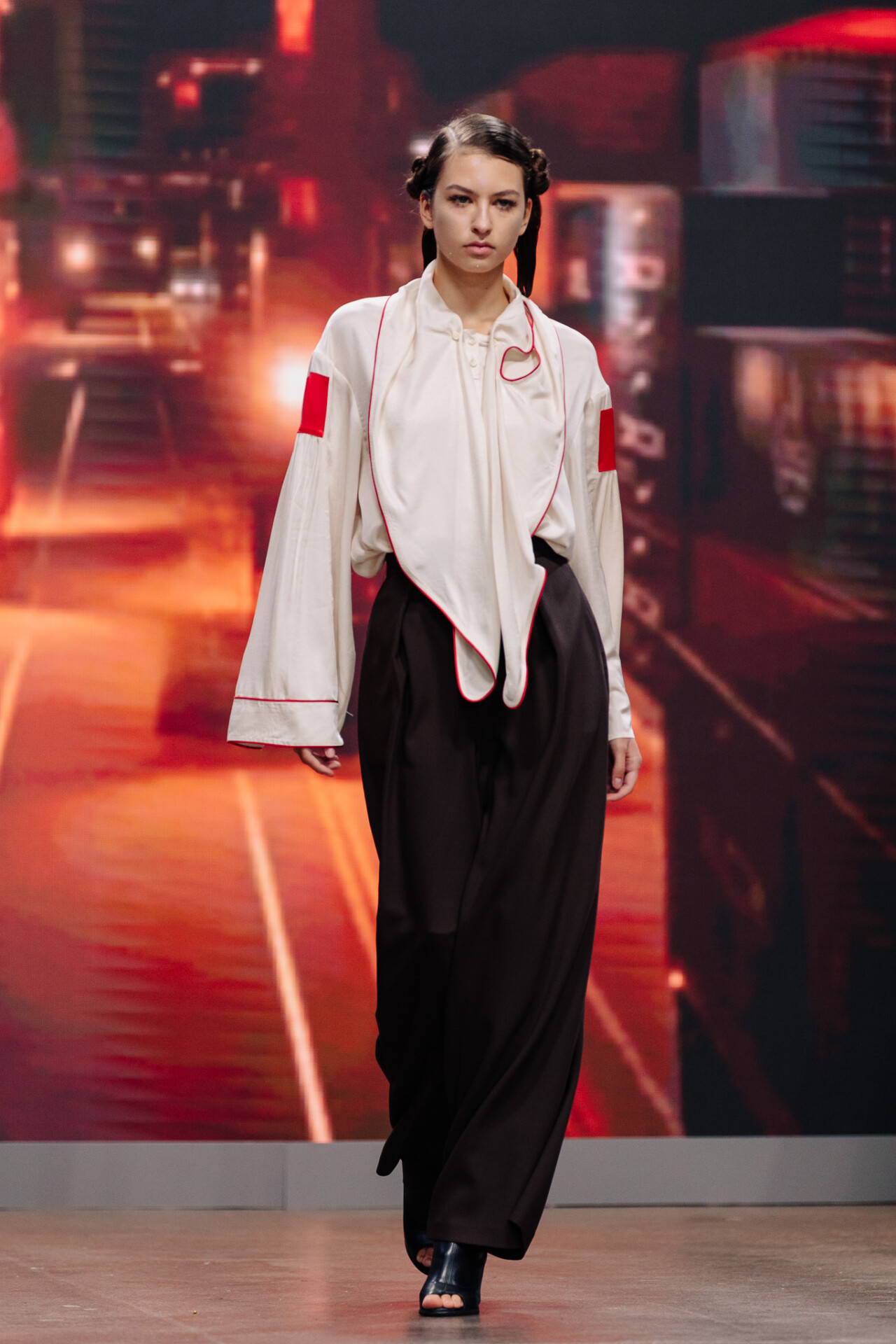
PM: Beyond this show, what are your next ambitions for Tifaret?
CD: My label has already launched in shops in Shanghai and Qingdao. It’s a semi-luxury brand, using the best fabrics and craftsmanship. The prices are high, which makes some shops hesitant. They worry about whether customers will accept a Chinese-British brand at this level. But I’m confident. We tested pieces last year and they sold out, so I prefer to grow step by step.
PM: The collection is inspired by your mother’s work in Shanghai’s international trade. How did those childhood experiences at the docks shape your vision for Pai Tou?
CD: From my perspective, it’s simple. I grew up hearing my mother’s stories, and later I looked at the history. In the 1930s and ’90s, there were things, like opium, prostitution, even slavery, that were part of life then but no longer exist today. Back then everything felt raw, new, and unregulated. Now trade is so procedural, so organised. I wanted to bring that sense of the past, the mystery, the danger, the fascination, into the collection.
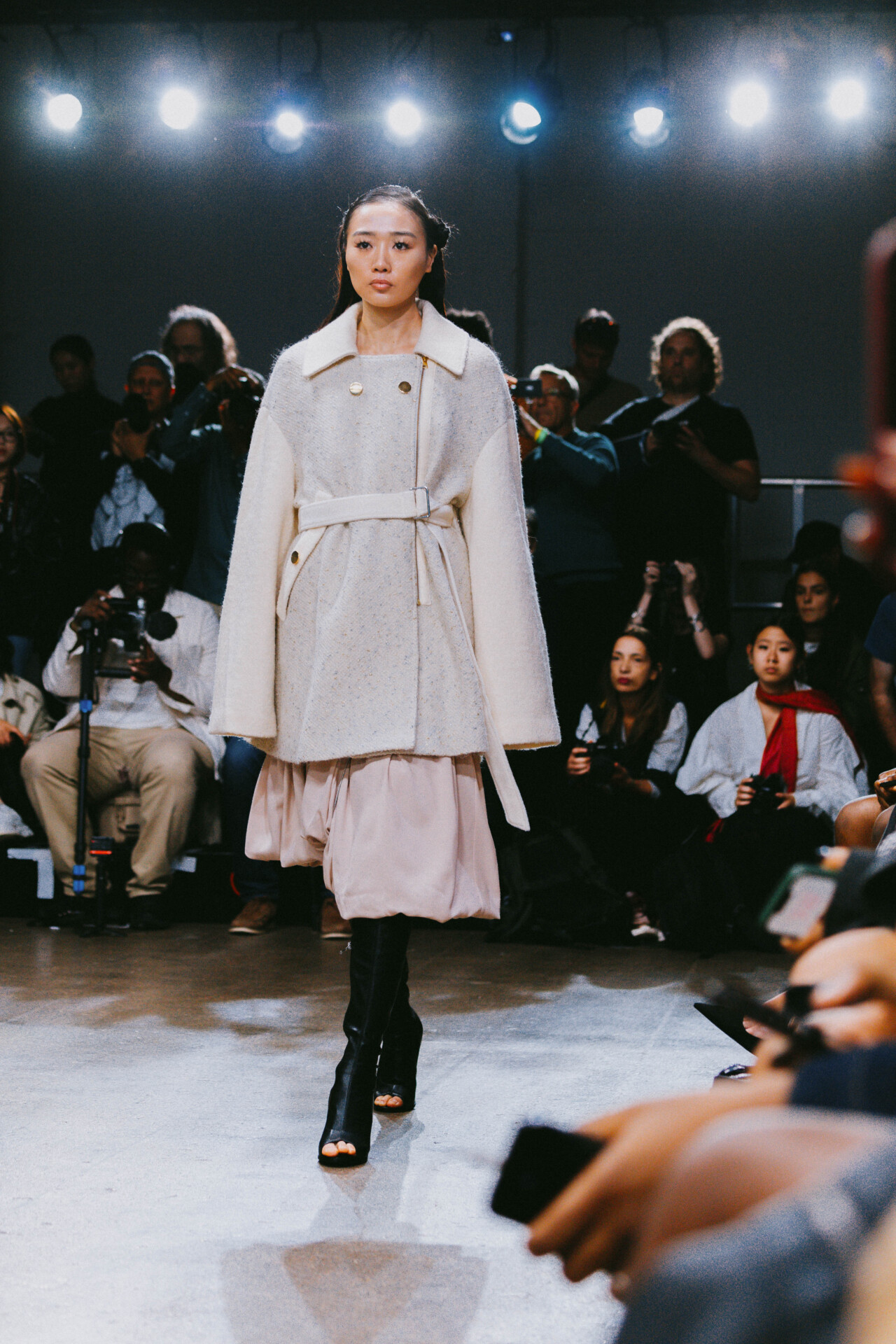
PM: You referenced the elegance of 1930s Shanghai alongside the grit of piracy and opium dens. How did you merge those contrasts into one visual language?
CD: I did a lot of research, looking at images of that time. Shanghai was a mixture of influences: French and English concessions, Western architecture, and local Chinese culture. That hybridity shaped the city. I translated it through silhouettes, Victorian curves with Chinese draping. For me, clothes should not only be beautiful. They should be interesting, emotional, even a little unsettling at times. That’s how they tell a story.
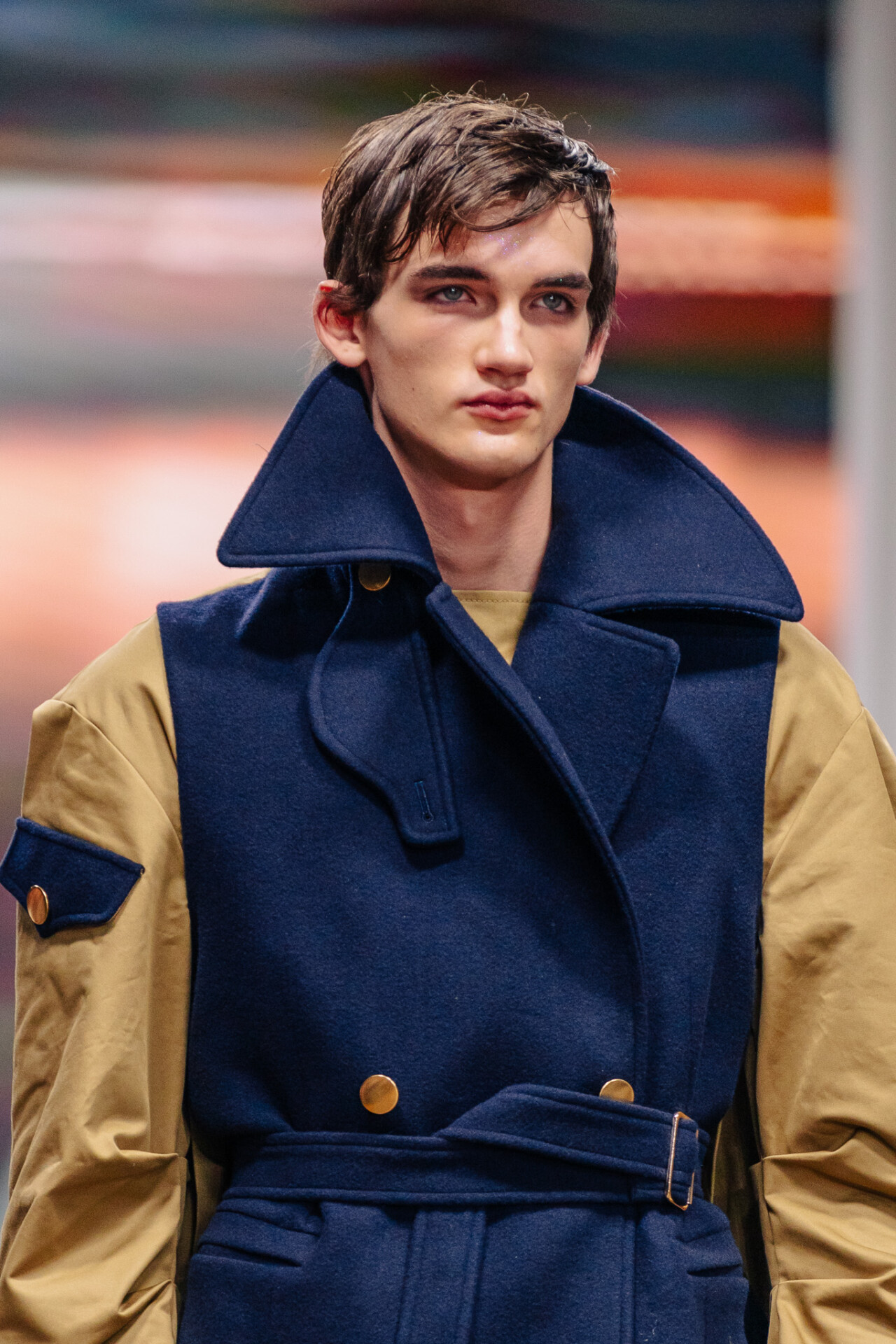
PM: Many designs echo the faded glamour of opium dens and sex workers’ pyjama uniforms. How did you approach those references without being too literal?
CD: For me, it’s about reimagining rather than copying. I have no memory of that world, maybe in a past life! But it doesn’t exist for me directly, so I had to create through imagination. That distance gives space for reinterpretation.
PM: You’ve called your pieces deeply emotional and layered. Was there one look this season that captured that most for you?
CD: Honestly, I can’t choose one. Each piece has so much of my thoughts and emotion inside it. The whole collection is the story.
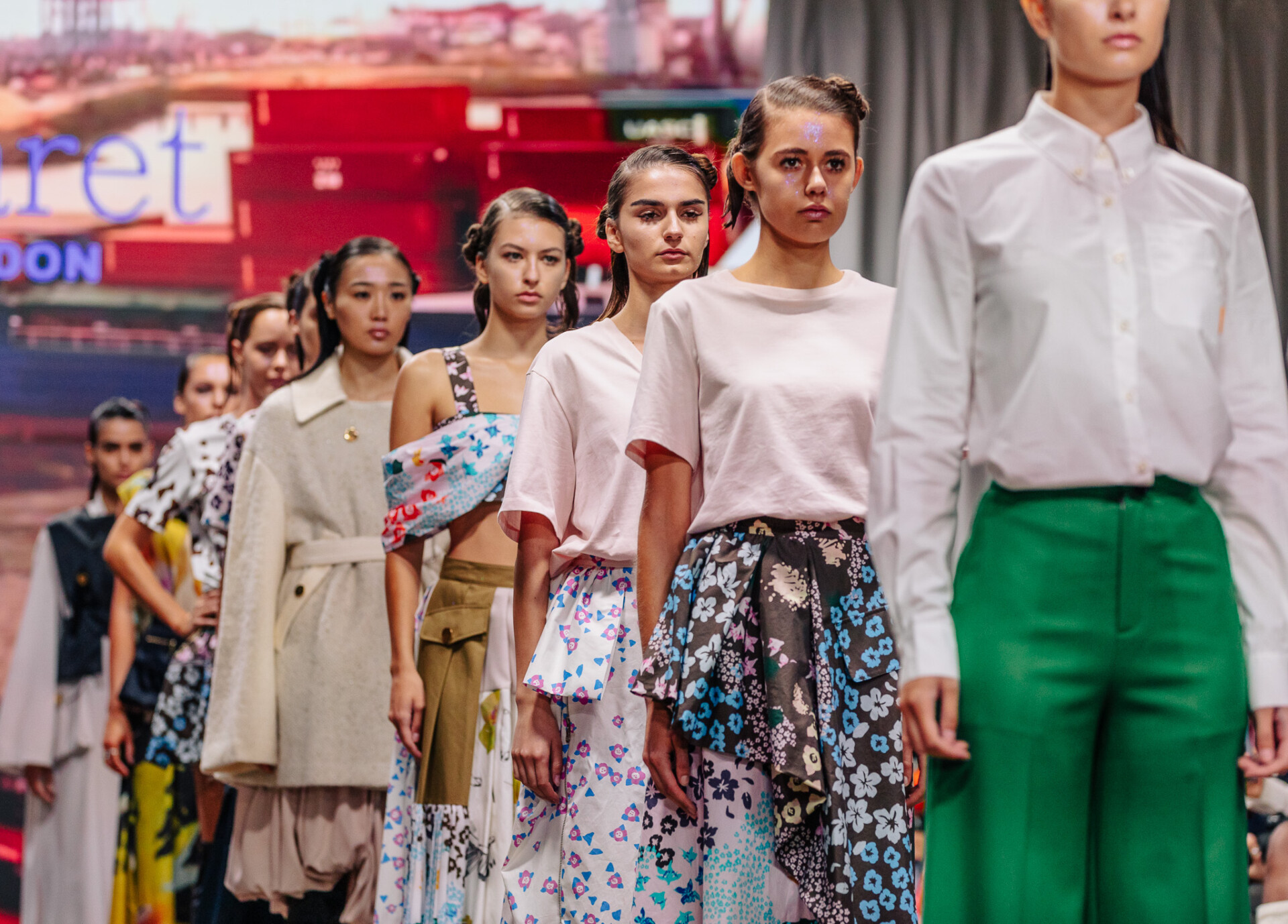
PM: The name “Tifaret” references both Final Fantasy VI and the Tree of Life. What made you choose it?
CD: I play video games, and there’s a character called Tifaret: a soldier. It’s also a nod to anime and CG culture. I felt it fit my world.
PM: Did you face any challenges balancing elegance and grit during the making of Pai Tou?
CD: I was lucky, I had the best resources. In London, the best pattern makers and developers. In China, access to the most luxurious fabrics, cashmere, silk, and machinists who trained in French couture houses. So although it’s made in China, the craftsmanship is couture level.
PM: What do you hope people remember most about this show?
CD: I want them to see a brand with young energy, cute, edgy, and multicultural.
PM: Finally, will your next collections continue to connect Shanghai and London, or will you explore other themes?
CD: I’ll definitely explore other things. Pai Tou is a personal story, but the next will be another personal story from a different side. It won’t always be about Shanghai or London.
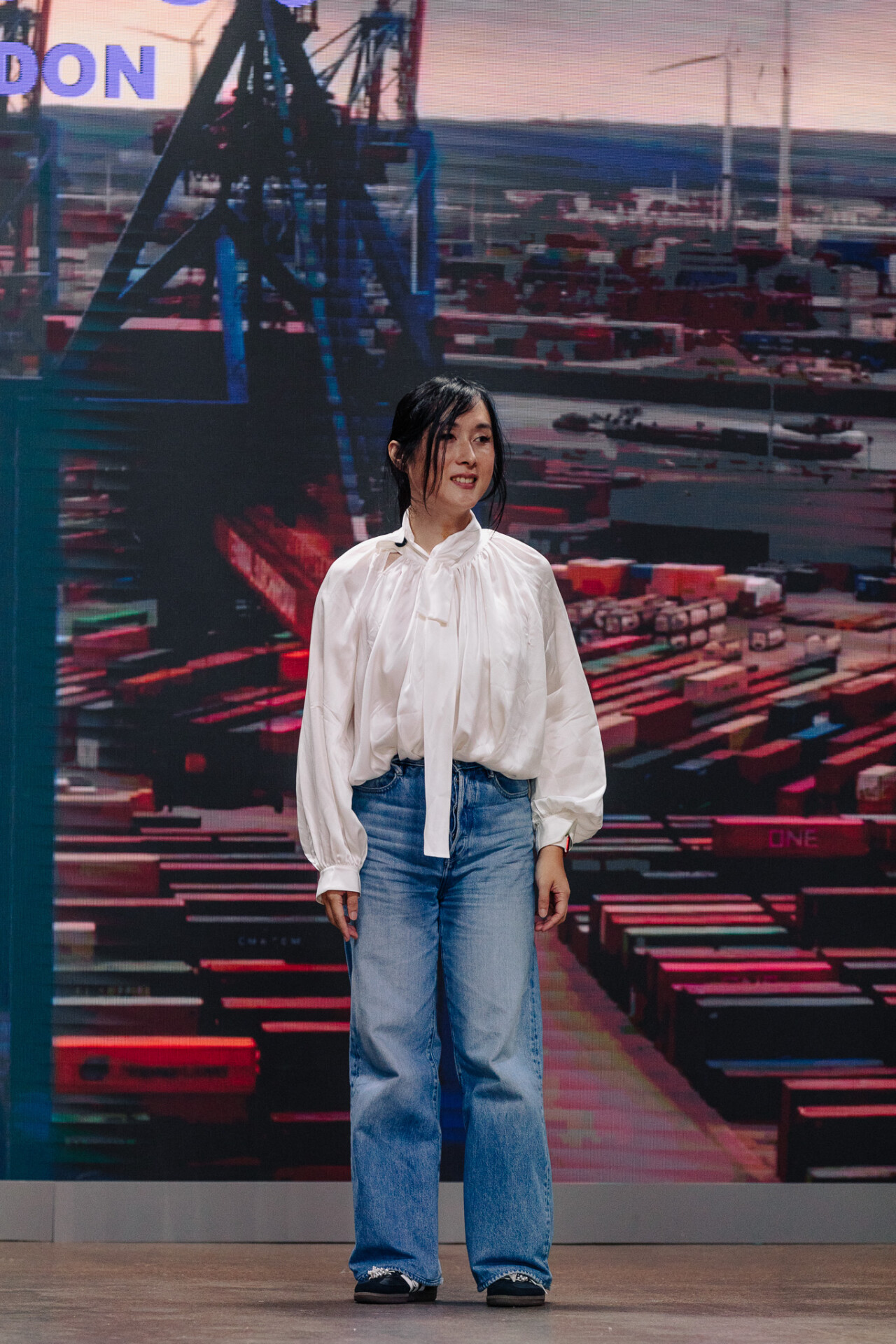
The Designer: Chiyue Dai
With Pai Tou, Dai has proven that fashion can be both archive and invention, memoir and mythology. She invites us to the docks not as tourists, but as inheritors of a story still unfolding.
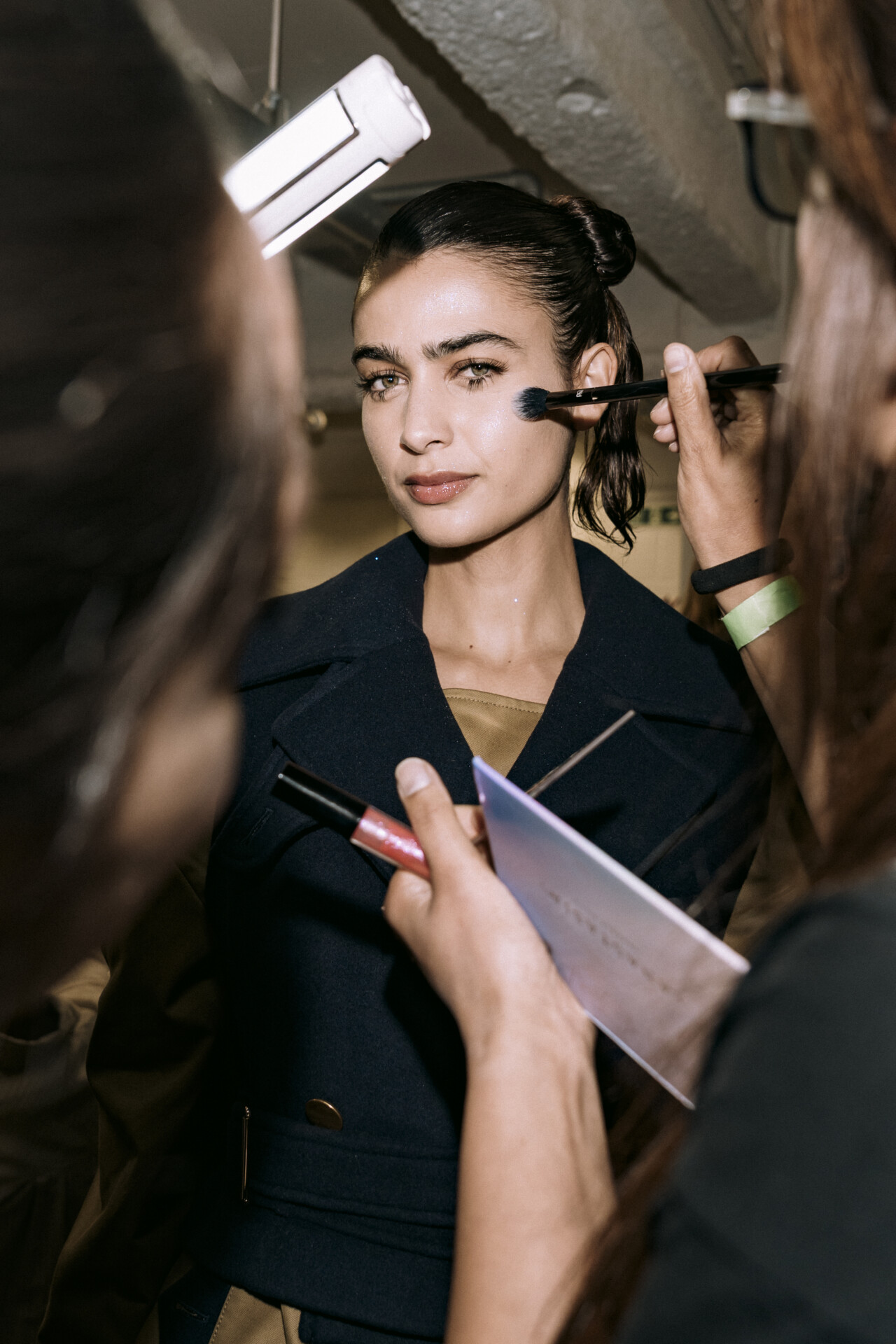
Backstage
Writer Phillza Mirza
Special thanks to I.DEA PR
Images
Gala Netylko
Gabrielle Thomas
Valstuppia
